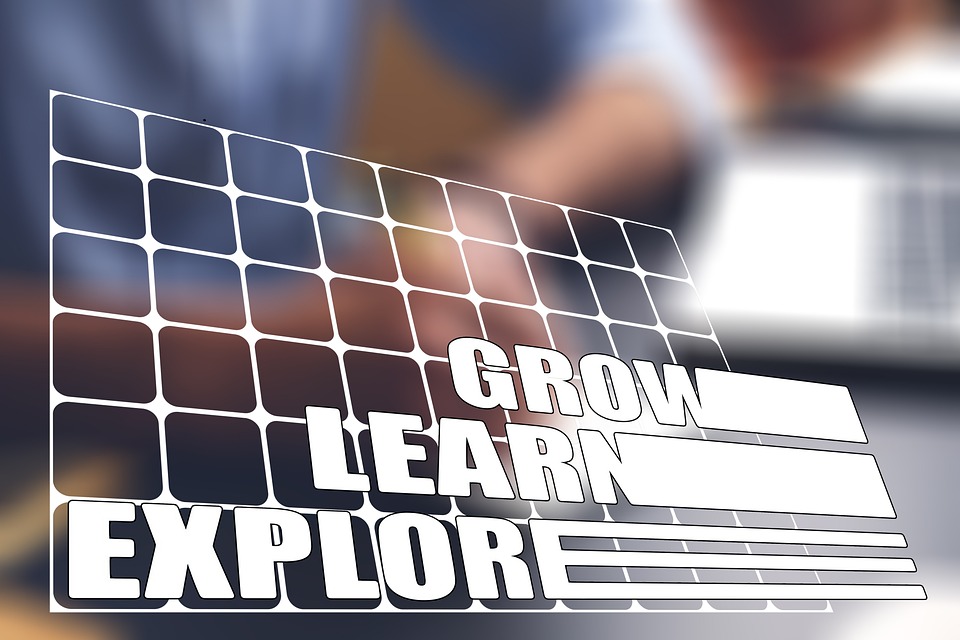Education has long been synonymous with grades. From the first “A” awarded in elementary school to the GPA that dictates college admissions, grades have dominated the narrative of student success. However, educators, parents, and students alike are increasingly recognizing the limitations of such a narrow focus. Holistic education proposes a broader framework—one that emphasizes personal growth, emotional intelligence, creativity, and social engagement, moving beyond traditional assessments.
The Essence of Holistic Education
Holistic education nurtures the development of the whole child. This philosophy regards students as complex beings with diverse needs, strengths, and potentials. The aim extends beyond academic achievement; it involves fostering critical thinking, emotional resilience, and social responsibility. By addressing these multiple dimensions, holistic education encourages lifelong learning and prepares students for real-world challenges.
Challenges of Traditional Assessment
Traditional educational systems often rely on standardized tests and letter grades to evaluate performance. This evaluation method can overlook essential skills like collaboration, creativity, and adaptability. Moreover, focusing heavily on grades may contribute to increased anxiety and a fixed mindset, where students equate their self-worth with academic performance.
- Narrow Scope: Grades typically represent only a fraction of a student’s capabilities.
- Increased Stress: The pressure to achieve can lead to mental health issues.
- Limited Feedback: Grades do not provide insights into the learning process.
Measuring Student Growth Holistically
To accurately assess student growth, we need to integrate a variety of methods that capture the complexity of learning. Here are some strategies that can serve as meaningful alternatives to traditional grades:
1. Portfolios
Portfolios allow students to compile their work over time, showcasing their progress, interests, and creative abilities. This method provides a tangible representation of their journey, often emphasizing self-reflection and critical assessment of one’s own work.
2. Self-Assessment
Self-assessment helps students develop meta-cognitive skills. By evaluating their strengths and weaknesses, students learn to take ownership of their learning, fostering independence and motivation.
3. Peer Assessment
Peer assessment encourages collaboration, communication, and respect for differing perspectives. It allows students to learn from one another, thereby enriching the educational experience and fostering a sense of community.
4. Observations and Anecdotal Records
Teachers can use observations as a tool to gauge student engagement, social interactions, and emotional growth. Maintaining anecdotal records allows educators to capture developments that standardized tests may miss, offering a more comprehensive view of student progress.
5. Project-Based Learning
Engaging students in real-world projects allows them to apply their knowledge in meaningful contexts. This not only fosters critical thinking skills but also measures growth through the lens of creativity, collaboration, and problem-solving.
The Role of Technology in Holistic Assessment
Technology can play a significant role in facilitating holistic education. Educational apps, learning management systems, and online platforms can track student progress through various metrics besides grades. These tools often enable personalized learning pathways, adapting to individual needs, and providing instant feedback.
Data-Driven Insights
Leveraging data analysis can provide insights into student engagement and growth over time, helping educators tailor their teaching methods. Analytics can spotlight areas where students excel or struggle, guiding educators to adjust curricula in a way that supports holistic development.
The Importance of Educator Training
Moving towards a holistic education framework requires that educators receive appropriate training. Teachers must be equipped with the skills to assess student growth through multiple lenses. Professional development workshops focusing on holistic assessment strategies will help them navigate these new waters effectively.
Conclusion
In our quest to cultivate successful and well-rounded individuals, it is imperative that we challenge the traditional metrics of student success. By adopting a holistic approach in education, we acknowledge the multifaceted nature of learning and development. Engaging a range of assessment methods can not only reduce stress but also promote a love for learning, creativity, and emotional intelligence. To prepare students for an unpredictable world, we must ensure that we look beyond grades, measuring true growth in ways that reflect their full potential.
FAQs
1. What is holistic education?
Holistic education is an approach that emphasizes the development of the whole child, focusing not only on academic achievement but also on emotional, social, and personal growth.
2. Why are grades not sufficient for measuring student growth?
Grades often fail to capture a student’s individual abilities, creativity, social skills, and emotional intelligence, which are essential for personal development and success in life.
3. What are some alternative assessment methods?
Alternatives to traditional grades include portfolios, self-assessment, peer assessment, observations, and project-based learning, which each offer a more comprehensive view of student growth.
4. How can technology enhance holistic assessment?
Technology can provide data-driven insights into student progress through various metrics, facilitating personalized learning and offering instant feedback to both students and teachers.
5. How can teachers be trained in holistic assessment?
Professional development workshops focusing on alternative assessment strategies and holistic education principles can equip teachers with the necessary tools to assess student growth effectively.
